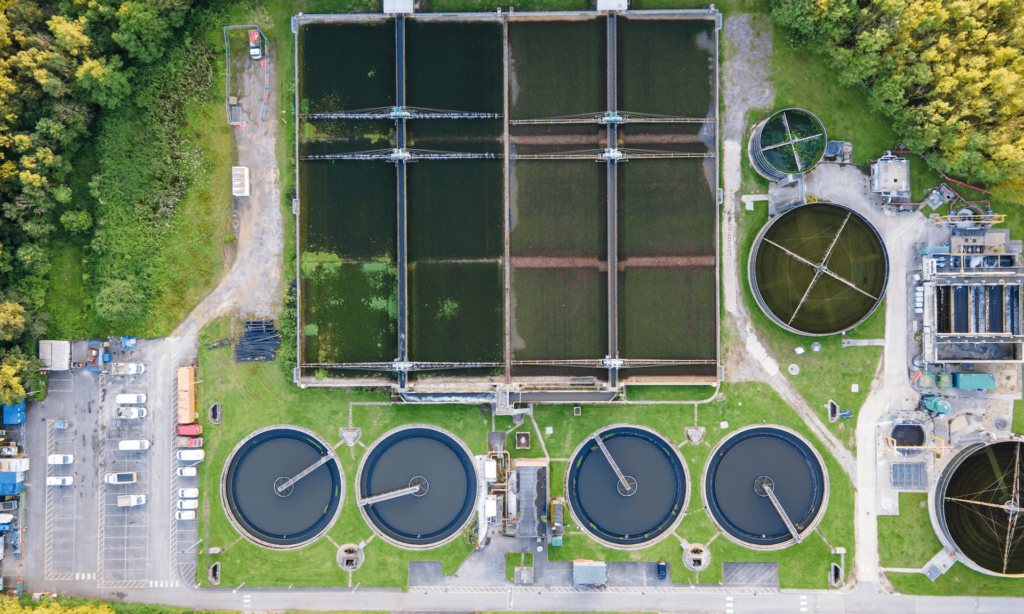Reusing water saves energy, money and resources. Explore non-membrane based treatment processes for a cost efficient project.
The world faces a significant water crisis due to a growing human population, urbanization, expanding agricultural production, and climate change. These factors have created considerable water demands beyond local and regional supply capacity.
As a result, treated wastewater is being indirectly reused globally to replenish the fast-depleting ponds, rivers, and lakes that serve as the source of our drinking water. Reclaiming water is crucial to ensure a reliable and sustainable water supply for human consumption and other uses.
This is Part 1 of a three-part series on Reclaimed Water. Part 2 of the series will shed some light on the Direct Potable Reuse of water, and Part 3 will look at the Indirect Potable Reuse of water.
The need for water reuse is especially apparent when:

Reclaimed water results from the advanced treatment of municipal effluents using processes such as ENR with tertiary filters, micro or ultra-filtration, nano or reverse osmosis, and biological filtration before UV or chemical treatment. This treated water can either be released to water reservoirs in the environment (Indirect Potable Reuse) or directly blended into the drinking water distribution system, pre- or post-treatment (Direct Potable Reuse).
Guidelines and Challenges
Although no specific federal guidelines regulate potable reuse, reclaimed water must safely satisfy drinking water requirements set up by EPA in the Safe Drinking Water Act (SDWA). After the wastewater treatment, the remaining microbial and chemical constituents must be eliminated before it is made available for drinking. As a result, advanced treatment of wastewater effluents is essential before the water is safe in any form (IPR or DPR).
Most IPR projects involve Soil Aquifer Treatment (SAT) or Advanced Wastewater Treatment (AWT). DPR projects, however, do not rely on SAT but instead utilize advanced water treatment. In complete advanced treatment, essential pre-treatment steps involve the expensive processes of Microfiltration/Ultrafiltration (MF/UF) as well as AOP (Advanced Oxidation Processes) or Nanofiltration/Reverse Osmosis (NF/RO) before treatment.
The costs associated with any reuse water project include capital costs, such as structural, civil, electrical, instrumentation and controls, other support systems, and off-site costs (for transmission of source and treated water). Microfiltration and RO account for the most significant component of capital costs.
Operations and maintenance costs include fixed costs, such as labor, equipment repair/maintenance, and other variable expenses, such as costs for chemicals, power, UV lamp replacement, cartridge filter replacement, and concentrate disposal.
According to a 2014 WateReuse Research Foundation (WRRF) study, plants that involve non-membrane-based treatment have the lowest costs. These plants also display economies of scale at higher flows (>20 MGD). Furthermore, handling and disposal of RO concentrate doubles the cost of operating a fully advanced treatment plant.
The cost of a reused water project depends on several variables, including the application type, cost of the source water, treatment methods employed, plant facilities built, yearly water output, and operational expenses (power, personnel, chemical). Non-membrane-based treatment processes may be more cost-efficient overall. It should represent a priority when planning a project. Water reuse has several benefits, including reduced water use, reduced energy use, reduced wastewater discharge, and reduced stress on freshwater resources.
Further Reading:
Share:
Notifications